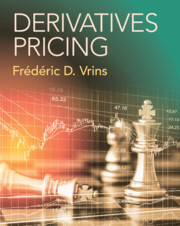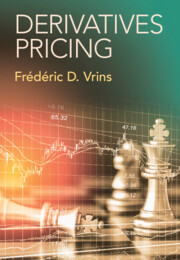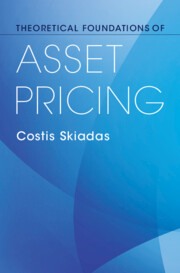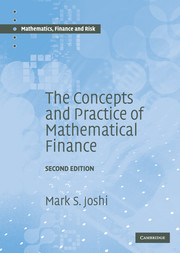C++ Design Patterns and Derivatives Pricing
Design patterns are the cutting-edge paradigm for programming in C++, and they are here discussed in depth using examples from financial mathematics. Assuming only a basic knowledge of C++ and mathematical finance, the reader learns how to produce well-designed, structured, reusable code via carefully-chosen examples. This new edition includes several new chapters covering topics of increasing robustness in the presence of exceptions, designing a generic factory, interfacing C++ with EXCEL, and improving code design using the idea of decoupling. Complete ANSI/ISO compatible C++ source code is hosted on an accompanying website for the reader to study in detail, and reuse as they see fit. Whether you are a student of financial mathematics, a working quantitative analyst or financial mathematician, you need this book. Offering practical steps for implementing pricing models for complex financial products, it will transform your understanding of how to use C++.
- New edition includes extra material on how to increase robustness, decrease compile times, improve designs, and interface C++ with EXCEL
- Complete ANSI/ISO compatible C++ source code is hosted on an accompanying website for the reader to study in detail, and reuse as they see fit
- Implementation of a Monte Carlo pricer for path-dependent exotic derivatives is used as a running example throughout the book
Reviews & endorsements
'This is a short book, but an elegant one. It would serve as an excellent course text for a course on the practical aspects of mathematical finance.' International Statistical Institute
'This book is thought-provoking and rewarding. Even for the less experienced programmer, the presentation is readily accessible, and the coded examples can be directly used to solve real-life problems.' Journal of the American Statistics Association
'This book, although it is quite short, does cover a significant amount of material and does deal with some fairly advanced topics that are important to practitioners. The real strength of the book is its clarity and conciseness.' SIAM Review
Product details
May 2008Paperback
9780521721622
306 pages
247 × 174 × 16 mm
0.64kg
50 exercises
Available
Table of Contents
- Preface
- 1. A simple Monte Carlo model
- 2. Encapsulation
- 3. Inheritance and virtual functions
- 4. Bridging with a virtual constructor
- 5. Strategies, decoration and statistics
- 6. A random numbers class
- 7. An exotics engine and the template pattern
- 8. Trees
- 9. Solvers, templates and implied volatilities
- 10. The factory
- 11. Design patterns revisited
- 12. The situation in 2007
- 13. Exceptions
- 14. Templatizing the factory
- 15. Interfacing with EXCEL
- 16. Decoupling
- A. Black–Scholes formulas
- B. Distribution functions
- C. A simple array class
- D. The code
- Bibliography
- Index.












